Description
Usage
Desefin IV Vial 1 G is an effective medicine for treating different types of infections in both adults and children, including term neonates (from birth). It is primarily used for the following:
- Bacterial Meningitis
- Community-acquired pneumonia
- Hospital-acquired pneumonia
- Acute otitis media
- Intra-abdominal infections
- Complicated urinary tract infections (including pyelonephritis)
- Infections of bones and joints
- Complicated skin and soft tissue infections
- Gonorrhea
- Syphilis
- Bacterial endocarditis
Moreover, Desefin IV Vial 1 G may also be used for treating acute exacerbations of chronic obstructive pulmonary disease in adults and disseminated Lyme borreliosis (early (stage II) and late (stage III)) in adults and children, including neonates from 15 days of age.
How to Use
Desefin IV Vial 1 G is injected into a muscle or infused into a vein (IV). A healthcare provider will administer the injection when Ceftriaxone is used to prevent infection after surgery. If you need to use the injection at home to treat an infection, a healthcare provider will teach you how to use it properly.
Before using the injection, you may need to mix Desefin IV Vial 1 G with a liquid (diluent). Make sure you understand how to properly mix and store the medicine. Use the injection only when you are ready to give it, and do not use it if the medicine has changed colors or has particles in it.
It is important not to mix Desefin IV Vial 1 G in the same injection with other antibiotics or any diluent that contains calcium, including a TPN (total parenteral nutrition) solution. If you use other injectable medications, make sure to flush your intravenous catheter between injections of each medication.
While using Desefin IV Vial 1 G, it is recommended to drink plenty of liquids to keep your kidneys working properly. Make sure to use this medicine for the full prescribed length of time, even if your symptoms improve quickly. Skipping doses can increase the risk of infection that is resistant to medication.
Furthermore, it is important to note that Desefin IV Vial 1 G can affect the results of certain medical tests. Therefore, inform any doctor who treats you that you are using Ceftriaxone.
After mixing Desefin IV Vial 1 G with a diluent, you must use the medicine within a certain number of hours or days. This will depend on the diluent and how you store the mixture (at room temperature, in a refrigerator, or frozen). Carefully follow all mixing and storage instructions provided with your medicine. If you have any questions, ask your pharmacist.
If your medicine is provided in a frozen form, thaw it in a refrigerator or at room temperature. Do not warm it in a microwave or boiling water. Use the medicine as soon as possible after thawing it and do not refreeze it.
Use a needle and syringe only once and then place them in a puncture-proof “sharps” container. Follow state or local laws on how to dispose of this container
Warnings
If you have had a severe allergic reaction to any cephalosporin antibiotic such as Omnicef or Keflex, it is important to avoid using ceftriaxone. Also, it is essential to consult with a doctor before giving ceftriaxone to a child. Never give more than the prescribed dose to a child, as it can cause severe side effects.
Side Effects
Like any medication, ceftriaxone may cause side effects. Here are some of the most common side effects associated with Desefin Iv Vial 1 G:
Hard Lump at Injection Site
You may experience a hard lump where the injection was given. This is a common side effect that usually goes away on its own.
Nausea, Vomiting, and Upset Stomach
Some people may experience nausea, vomiting, or an upset stomach after taking ceftriaxone. If you feel queasy after taking this medication, it is important to let your doctor know.
Headache and Dizziness
Headache and dizziness are other common side effects of ceftriaxone. If you experience these symptoms, it is essential to rest and avoid activities that require concentration, such as driving.
Pain or Swelling in Your Tongue
Ceftriaxone may cause pain or swelling in your tongue. If you experience this side effect, it is important to contact your doctor immediately.
Sweating
Sweating is another common side effect of ceftriaxone. If you experience excessive sweating or sweating that is not related to physical activity, it is important to let your doctor know.
Vaginal Itching or Discharge
Women may experience vaginal itching or discharge after taking ceftriaxone. If you experience these symptoms, it is essential to contact your doctor.
It is important to note that this is not a complete list of side effects associated with ceftriaxone. If you experience any unusual symptoms while taking Desefin Iv Vial 1 G, it is crucial to contact your doctor immediately. By understanding the potential side effects and warnings associated with ceftriaxone, you can ensure safe and effective use of this medication.
Conclusion
Desefin Iv Vial 1 G is a reliable and effective medication for the treatment of many bacterial infections. By using this medicine, patients can experience relief from a wide range of symptoms, including fever, pain, and inflammation. However, it is crucial to use the medication only as prescribed by a healthcare professional and follow the instructions provided for proper mixing, storage, and administration of the medicine.
Additionally, patients should not stop using Desefin before completing the full course of treatment, even if they feel better. Doing so can result in the recurrence of symptoms and the development of drug-resistant infections. If you have any concerns or questions about your treatment, be sure to discuss them with your doctor.
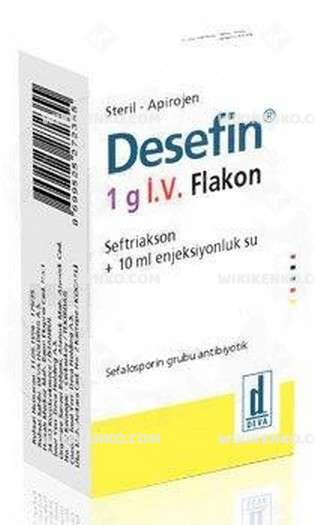
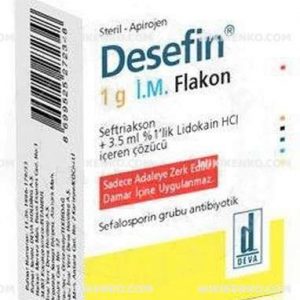
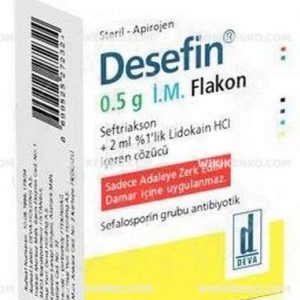
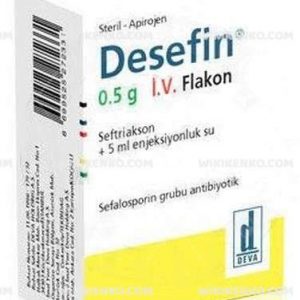
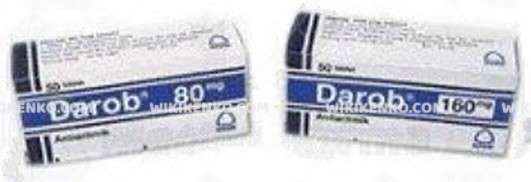
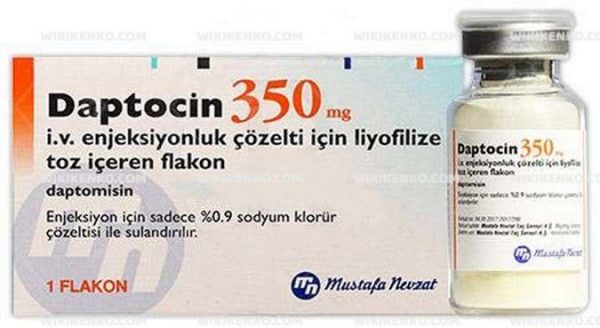
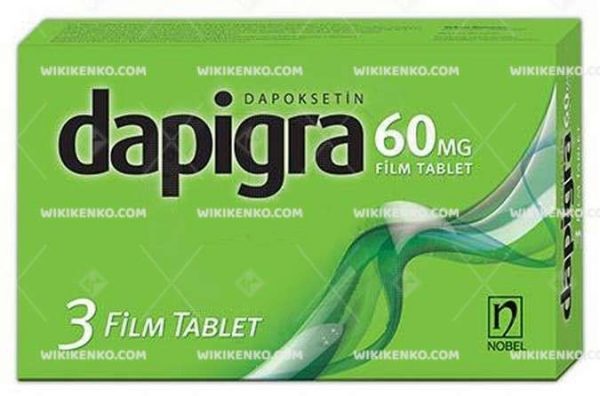

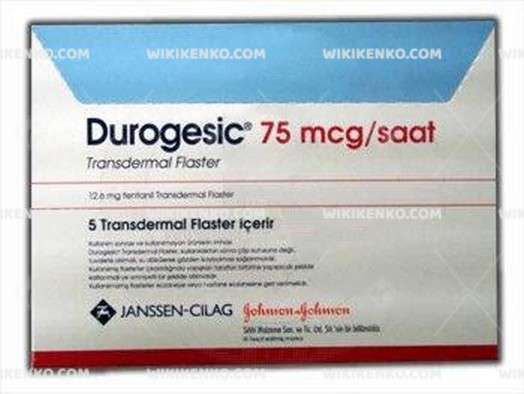








Reviews
There are no reviews yet.